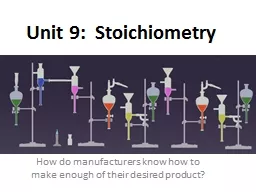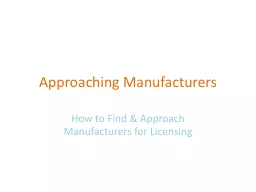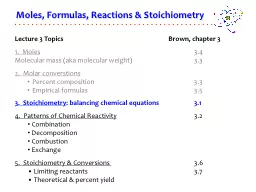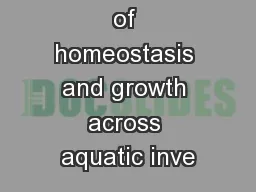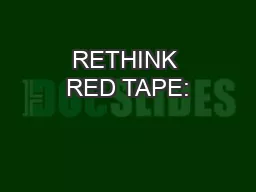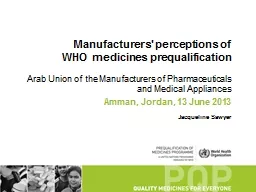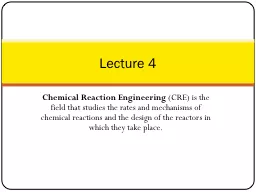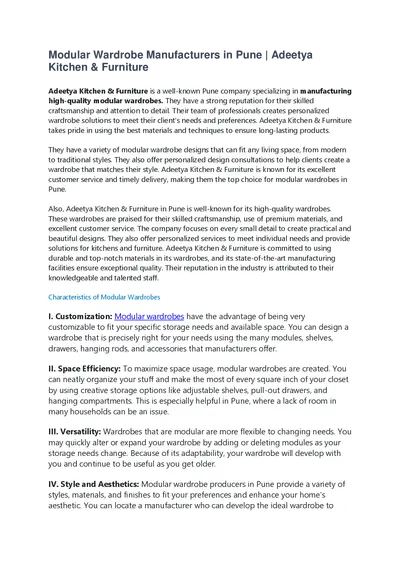PPT-Unit 6: Stoichiometry How do manufacturers know how to make enough of their desired product?
Author : pamella-moone | Published Date : 2018-12-07
Chocolate Chip Cookies Cookie Recipe 15 c sugar 1 c butter 3 eggs 225 c flour 2 c chocolate chips makes 25 cookies Using the following recipe complete the questions
Presentation Embed Code
Download Presentation
Download Presentation The PPT/PDF document "Unit 6: Stoichiometry How do manufactur..." is the property of its rightful owner. Permission is granted to download and print the materials on this website for personal, non-commercial use only, and to display it on your personal computer provided you do not modify the materials and that you retain all copyright notices contained in the materials. By downloading content from our website, you accept the terms of this agreement.
Unit 6: Stoichiometry How do manufacturers know how to make enough of their desired product?: Transcript
Download Rules Of Document
"Unit 6: Stoichiometry How do manufacturers know how to make enough of their desired product?"The content belongs to its owner. You may download and print it for personal use, without modification, and keep all copyright notices. By downloading, you agree to these terms.
Related Documents

